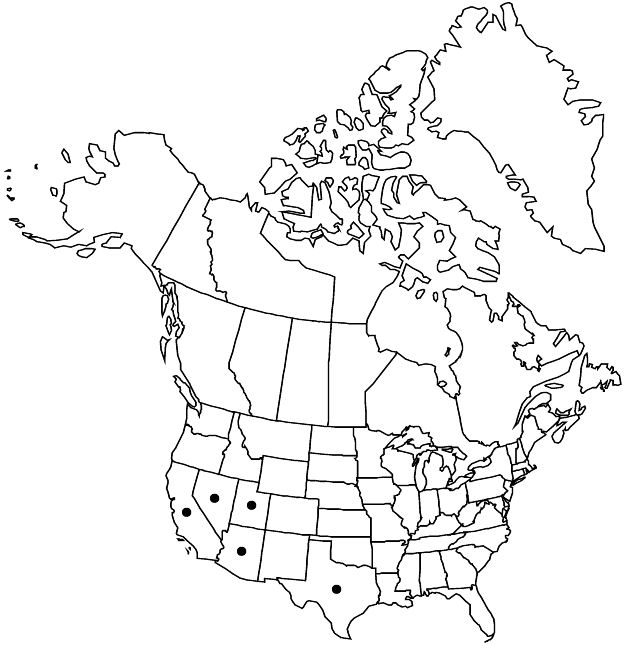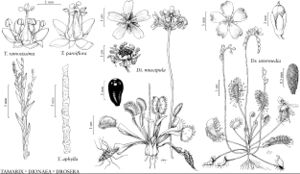Difference between revisions of "Tamarix aphylla"
Deut. Fl., 641. 1882.
Common names: Athel tamarisk
IllustratedIntroducedWeedy
Basionym: Thuja aphylla Linnaeus Cent. Pl. I, 32. 1775
imported>Volume Importer |
imported>Volume Importer |
||
| Line 65: | Line 65: | ||
|publication year=1882 | |publication year=1882 | ||
|special status=Illustrated;Introduced;Weedy | |special status=Illustrated;Introduced;Weedy | ||
| − | |source xml=https:// | + | |source xml=https://bitbucket.org/aafc-mbb/fna-data-curation/src/2e0870ddd59836b60bcf96646a41e87ea5a5943a/coarse_grained_fna_xml/V6/V6_785.xml |
|genus=Tamarix | |genus=Tamarix | ||
|species=Tamarix aphylla | |species=Tamarix aphylla | ||
Latest revision as of 22:23, 5 November 2020
Trees, to 10+ m. Leaves sheathing; blade abruptly pointed, 2 mm. Inflorescences 3–6 cm × 4–5 mm; bract exceeding pedicel, not reaching calyx tip. Flowers 5-merous; sepals 1–1.5 mm, margins entire; petals oblong to elliptic, 2–2.5 mm; antisepalous stamens 5, filaments alternate with nectar disc lobes, all originating from edge of disc. 2n = 24.
Phenology: Flowering late summer–early winter.
Habitat: Lakeshores, riverways, sandy soil
Elevation: 0–600 m
Distribution

Introduced; Ariz., Calif., Nev., Tex., Utah, sw Asia, n Africa, introduced also in Mexico (Baja California, Coahuila), Australia.
Discussion
Tamarix aphylla forms hybrids (rarely) with T. ramosissima and T. chinensis.
Selected References
None.
Lower Taxa
None.
